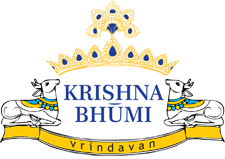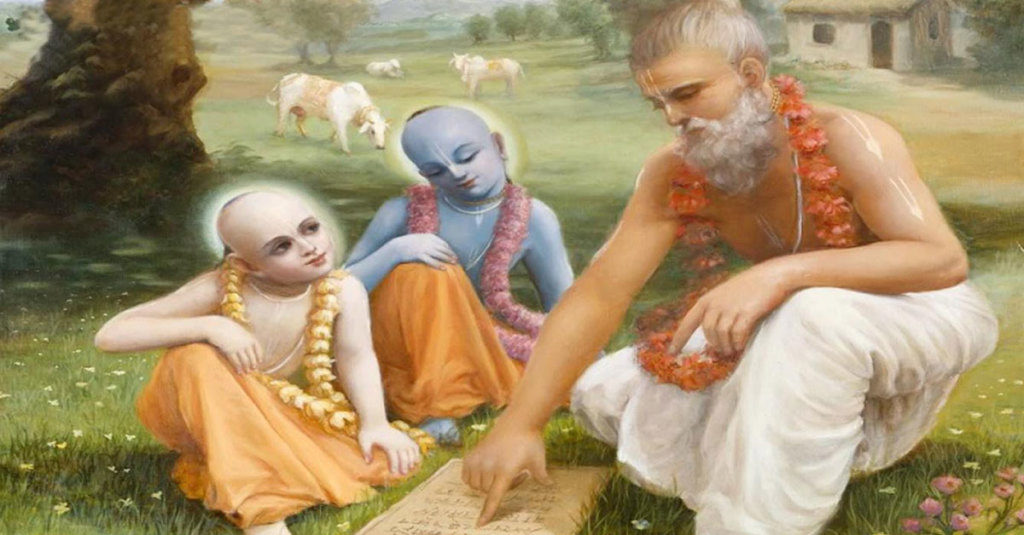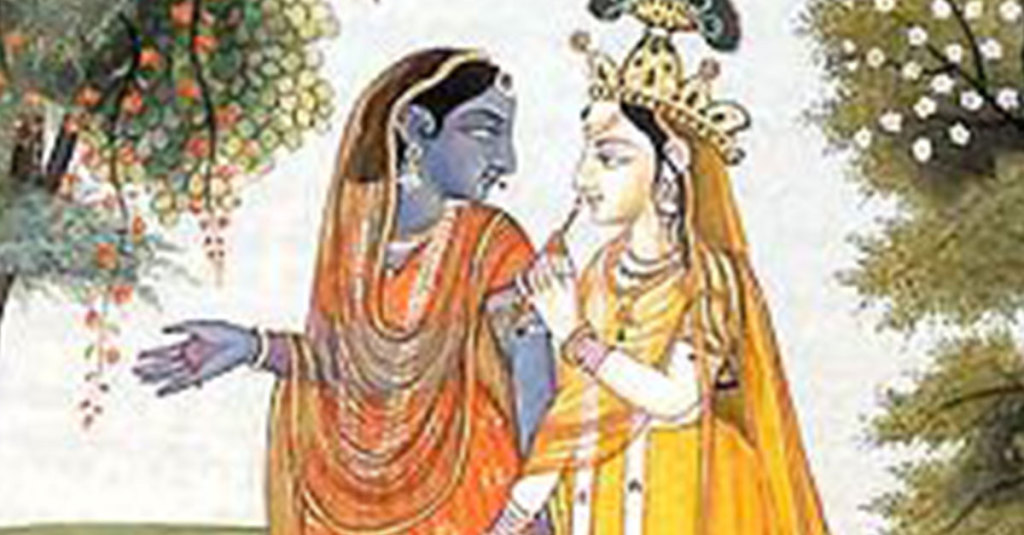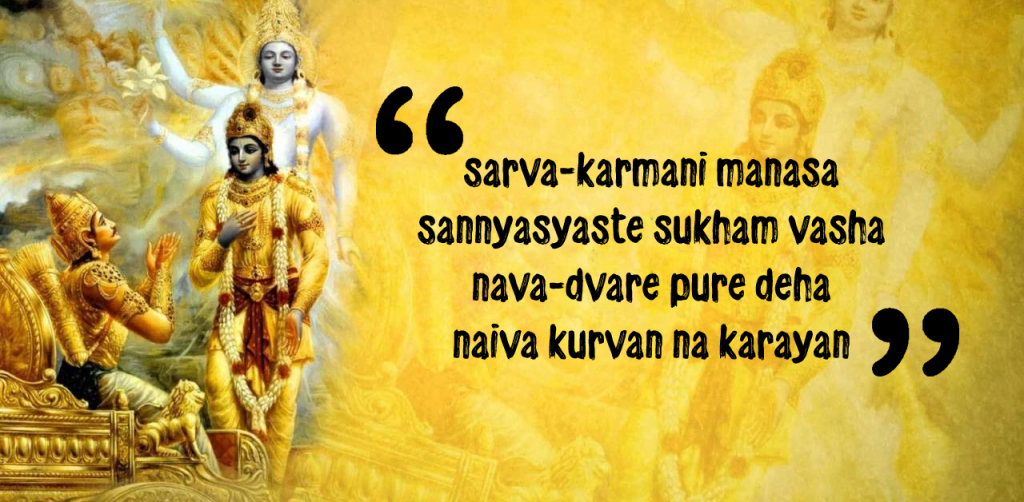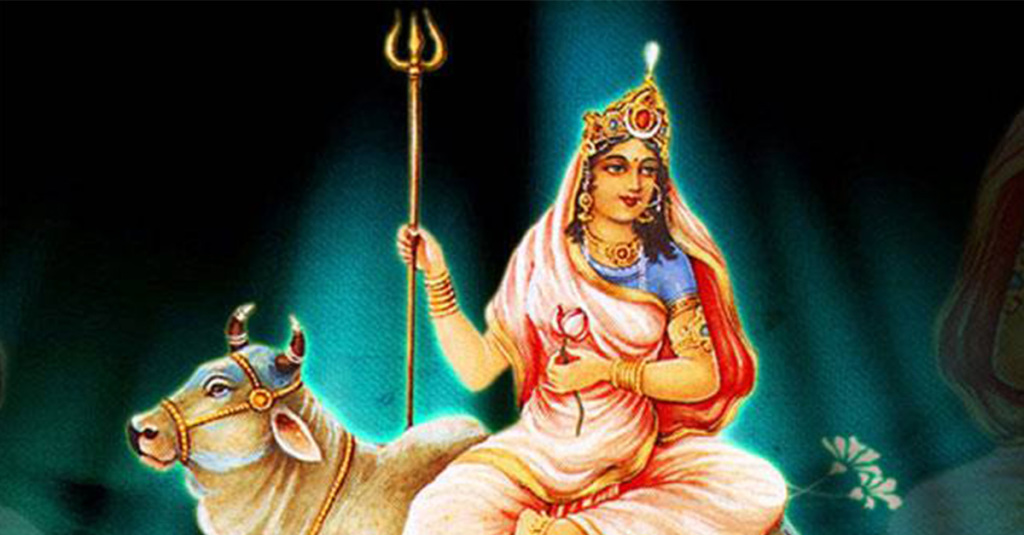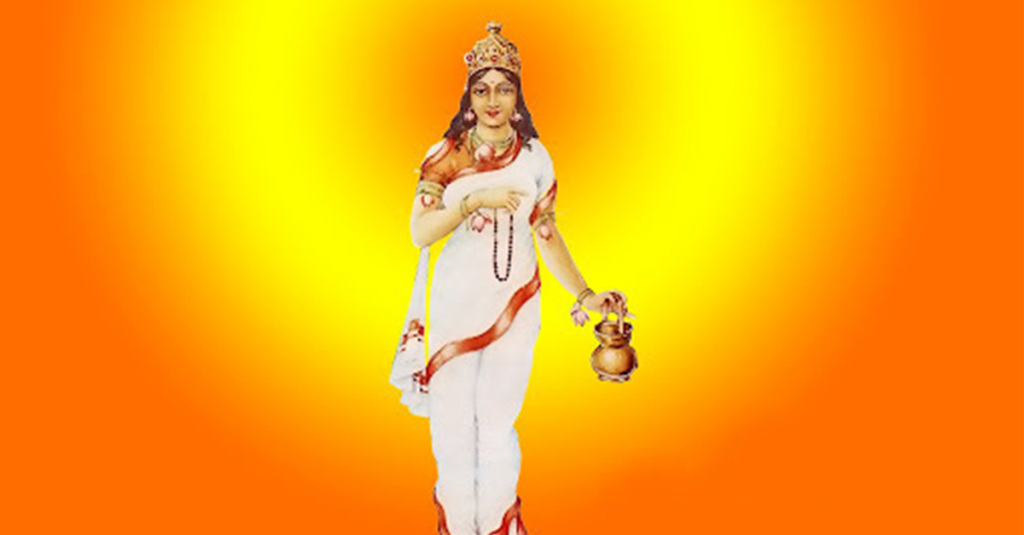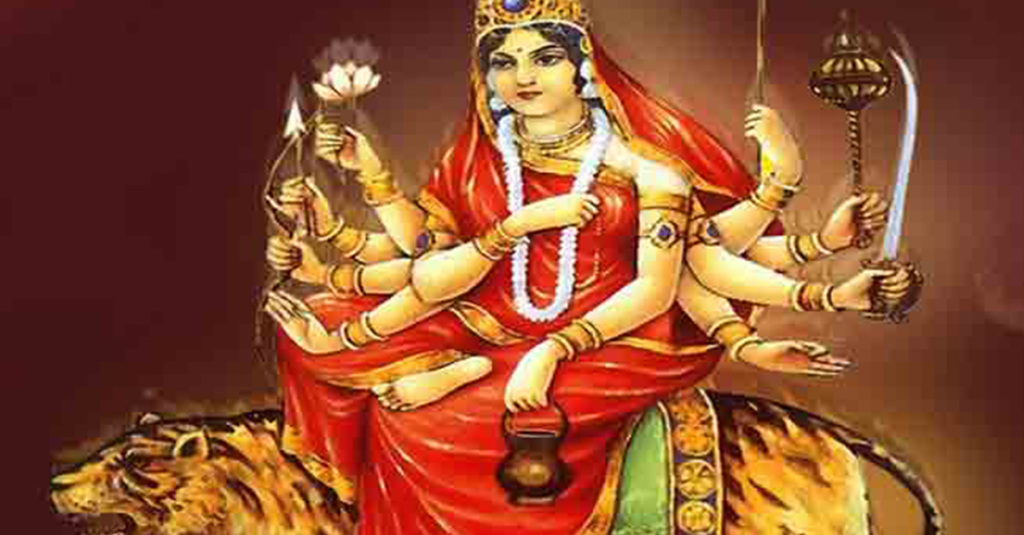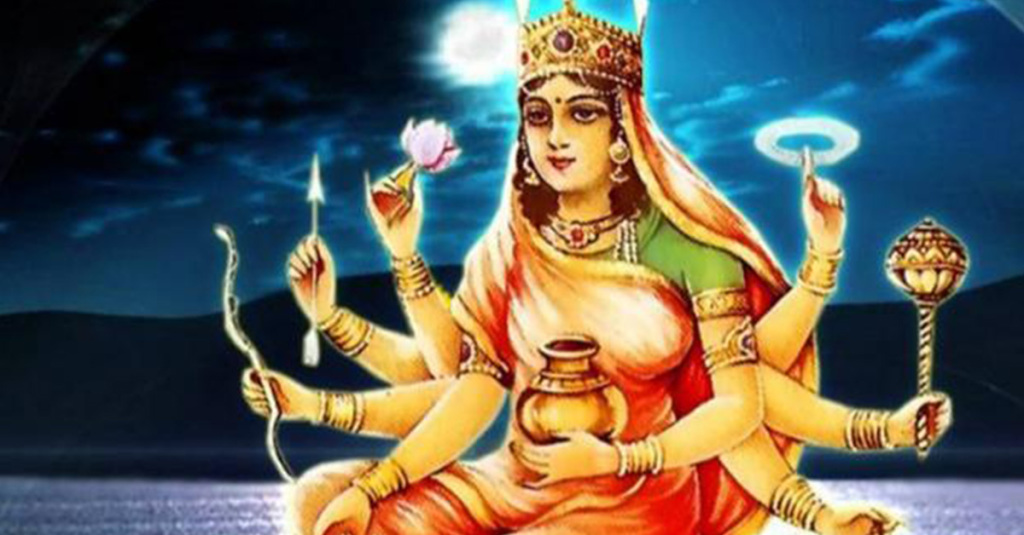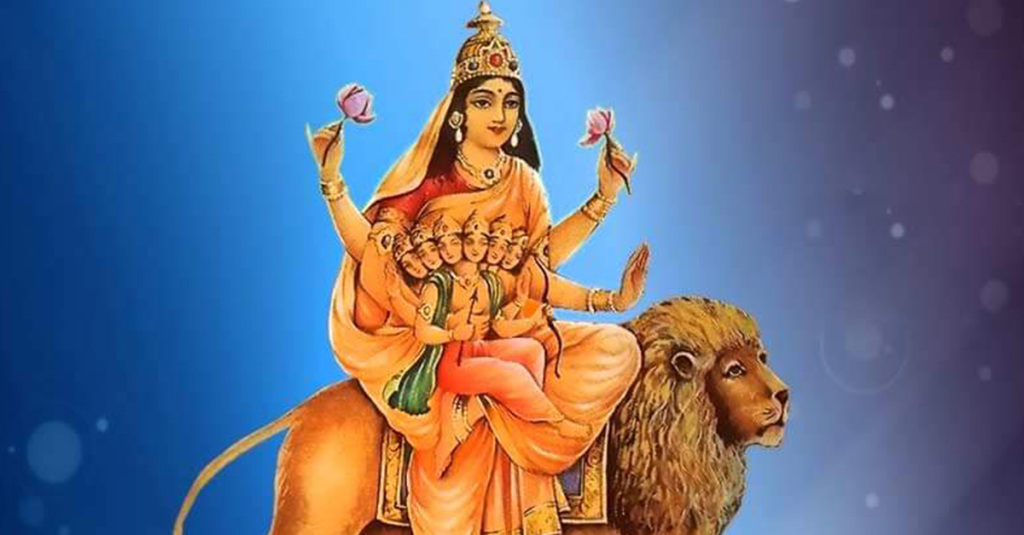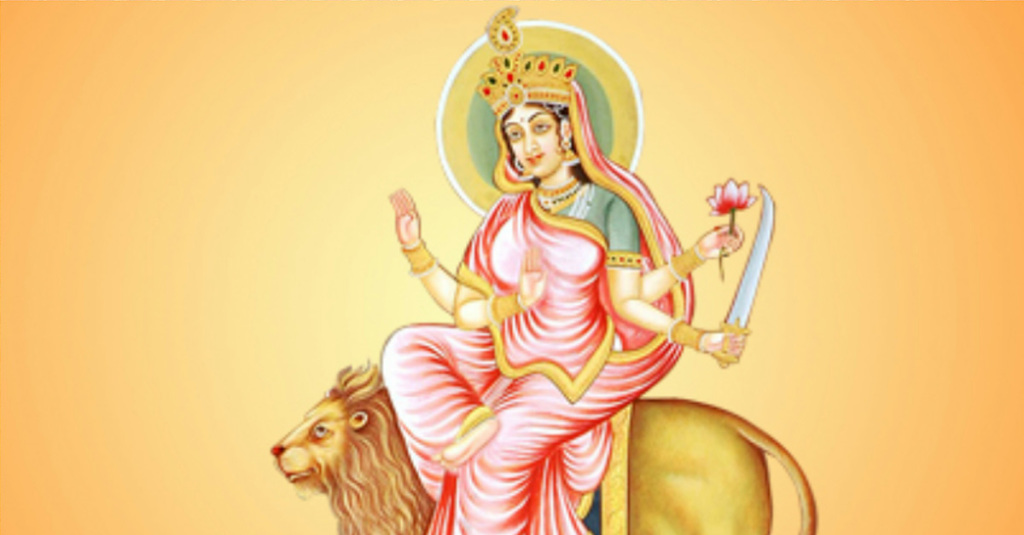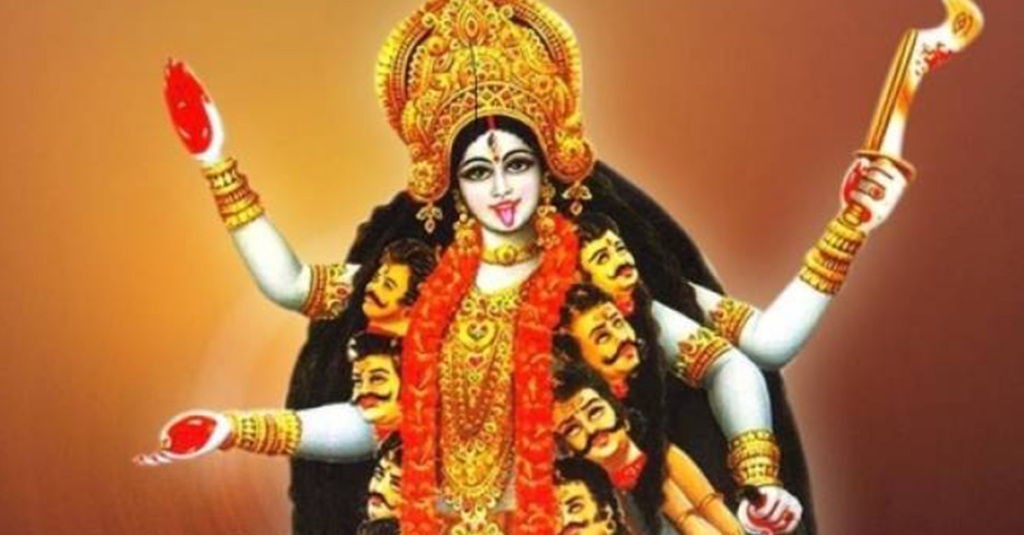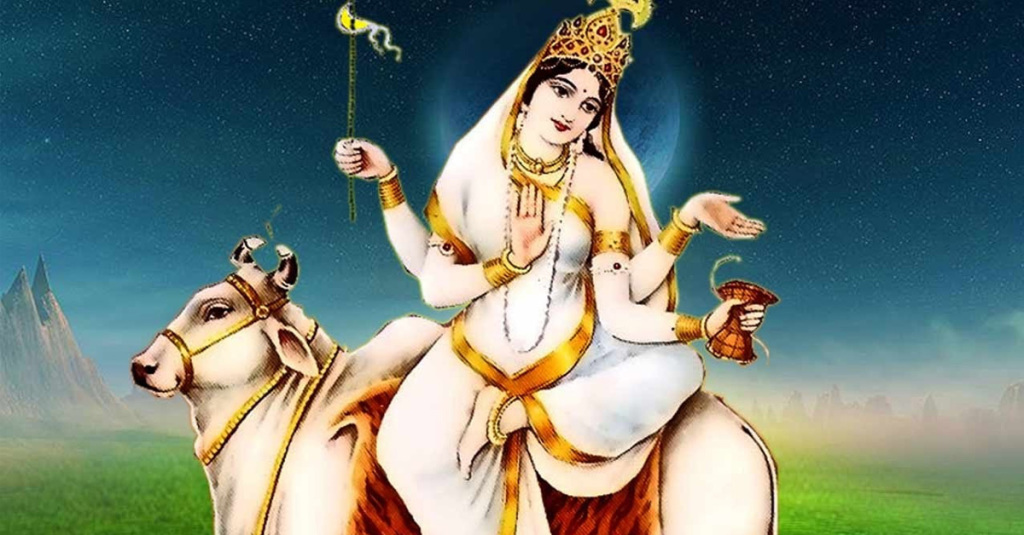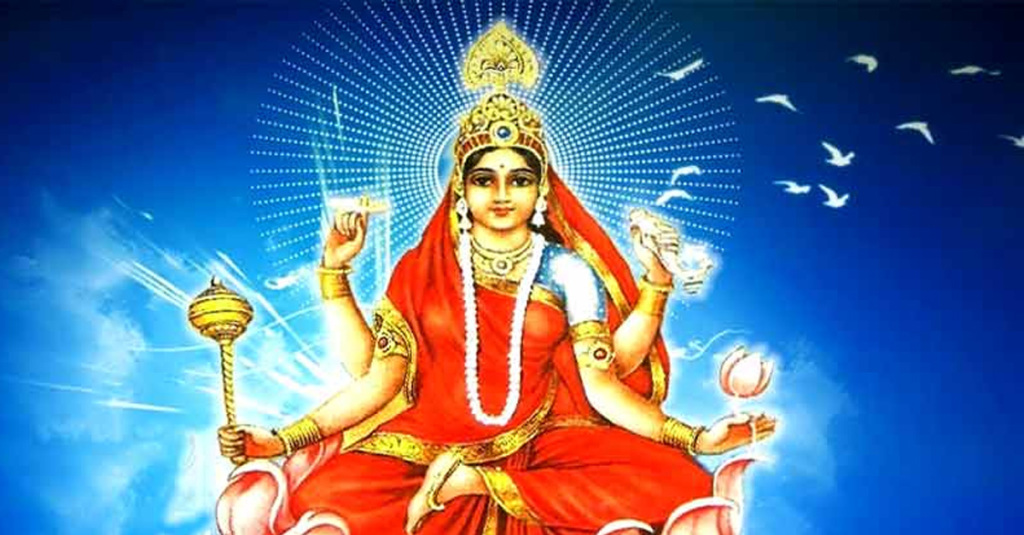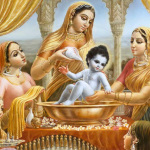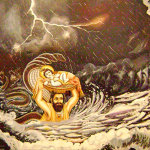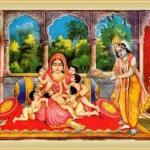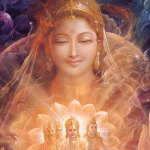Kansa: The despotic ruler of Mathura (I)
In the previous blog, we discussed the background of the birth of Lord Krishna. In this blog, we begin with the actual story. And the story begins with King Kansa, who was infamously known as the despotic ruler of the kingdom of Mathura.
Mathura, before Kansa came into power, had a very benevolent King and Queen. King Ugrasena and Queen Padmavati were ideal rulers. Things went wrong when once Queen Padmavati was tricked by a powerful wandering Gandharva into thinking that he was her husband, Ugrasena. By the time Padmavati realized that she had been tricked, she had already conceived. The child born to her was thus half human and half gandharva, a reincarnation of the demon Kalanemi, who had been vanquished by Vishnu himself in another lifetime.
Kansa proved to be a very capable commander under Ugrasena. When he stormed the Magadhan territory with his army, the Magadh King, Jarasandha, was so impressed with him that he offered his daughters, Asti and Prapti, in marriage to him. However, Kansa and Jarasandha were doing more than just establishing familial ties; they were also forging a mutually beneficial alliance. On the day of the marriage, Jarasandha arrived in Mathura with the entire Magadhan army, a move that was unexpected and definitely not required in royal marriage proceedings.
The intent behind this became clear when Jarasandha and Kansa cornered Ugrasena inside the castle premises and stated to him that they thought that it was time for him to retire as King and pass on the throne to Kansa. When Ugrasena refused and said that Kansa must wait for the appropriate time, he was threatened with mass destruction of the Kingdom and its people; both the armies stationed outside were just awaiting orders from their commanders.
Hence Ugrasena, seeing no other way out, and fearing for the lives of innocent people, gave up the crown to Kansa. Soon after, Kansa announced his coronation ceremony to the people of Mathura. Kansa was no Ugrasena, and the people suffered from the beginning under his despotic rule. But even a tyrant has a soft corner for at least one person. Kansa loved his cousin sister Devaki very much, and eventually, Devaki became his Achilles’ ankle.
In the next blog, we shall look at the union of Devaki and Vasudev and why Kansa, who had arranged the marriage himself, wanted to kill Devaki.
Janmashtami: The saga of the birth of Lord Krishna
There is a beginning and an end to every story and the story of Lord Krishna is perhaps one of the greatest you will ever come across. Janmashtami is soon approaching, and we at Krishna Bhumi, felt like this was the ideal time to delve into this mesmerizing tale. But when talking of Janmashtami, we immediately jump to the night that Nanda Gopal was born. But that is the end of the tale; wouldn’t you like to know where it all began? In this series of blogs, we take you back right to the beginning, all you have to do is read…
Part 1: How it all began…
Long ago, in the era of Svayambhuva Manu, Lord Brahma instructed Prajapati Sutapa and his wife Prsni to generate offspring in order to populate the material world. While performing her duties though, Prsni always had Lord Vishnu in her mind. 12,000 years, the both of them performed their duties and for 12,000 years, the Lord was always in Prsni’s thoughts. One fine day, pleased with such devotion, the Lord appeared before the couple and asked them what boon they wanted.
Prsni expressed her desire to be a mother to him and her wish was granted. She was told that thrice would she and her husband be parents to him. Soon after, Prsni was pregnant, and 9 months later she gave birth to the Lord in the form of a son. This son was named Prsnigarbha. This was in the Satya Yuga. In the Treta Yuga, Prajapati Sutapa and Prsni were reincarnated as Kasyapa Muni and Aditi and drawn together by divine machinations; Lord Vishnu took birth as their son, Upendra. Being of dwarf form in that birth, he was more popularly known as Vamanadeva.
Finally in Dwapar Yuga, the Earth deity, Bhudevi, tired of the planet being ruled impiously because of many asuras, who had taken birth in human form, in powerful Kshatriya families, appealed to Lord Vishnu to take birth on Earth again and bring the situation under control. This is when Lord Vishnu declared that he will take birth in his original form in order to bring peace and order on Earth again. Prajapati Sutapa and Prsni, Vasudev and Devaki in this lifetime, would be the parents. And demigods were urged to take birth in various Yadu families to get things ready and provide support when needed.
Now that you know the background, in the next blog we shall delve into the lives of Kansa, Vasudev and Devaki. The parents who gave birth to Lord Krishna and the maternal uncle who wanted him dead as soon as he was born.
Maharasa Van
Paying homage to Lord Krishna, Radha Rani and the Gopis, in the form of a ‘Raas Leela Sthali’
The proposal submitted by ‘The Vrindavan Bangar Gram Sabha’, for a Maharasa Van Pariyojna in Vrindavan, has been approved by the U.P government. As Vrindavan too moves ahead with the rest of the country, there must be some areas that keep the ancient culture and traditions alive. This is exactly what the Gram Sabha members are hoping to achieve with the restoration and preservation of this Raas Leela Sthali.
35 hectares of land have been demarcated for this project, between Jagannath Ghat and Pani Ghat, on the Parikrama Marg. Encroachment removal and ground levelling work has already been started. Very soon this area will be lush and green with various kinds of trees. Brajwasis, people from NGO’s or governmental agencies are all welcome to volunteer when the tree plantation drive starts.
The idea is to boost the tourism in Vrindavan, to offer a glimpse of ancient Vrindavan to pilgrims and to hold religious events like Kumbh Mela in these premises.
Nari Shakti Kumbh and How Sri Krishna Celebrates the Feminine Spirit
The wintry days of December saw thousands of women coming to Vrindavan, and this time the reasons were beyond religious. Vrindavan celebrated Nari Shakti Kumbh, a women-only Kumbh organised jointly by the Government of Uttar Pradesh and Bhimrao Ambedkar University, Agra. It was a celebration of women power with discussions on various topics relevant to women in the present-day.
Women in Vedas
Hinduism offers women a special place of reverence. It celebrates womanhood as the cosmic divine power that runs throughout the universe. As a mother, she is Adi Shakti or Adi Parashakti; as a mysterious force of psycho-spiritual nature, she is Kundalini Shakti. Various ancient Hindu texts celebrate the feminine power. In Chapter 10 of the Rigveda, the feminine power is eulogised as Devi Shukta, the ultimate power behind all of cosmos:
“I am the Queen, the gatherer-up of treasures, most thoughtful, first of those who merit worship.
Thus Gods have established me in many places with many homes to enter and abide in.
Through me alone all eat the food that feeds them,-each man who sees, breathes, hears the word outspoken
They know it not, yet I reside in the essence of the Universe. Hear, one and all, the truth as I declare it.
I, verily, myself announce and utter the word that gods and men alike shall welcome.
I make the man I love exceeding mighty, make him nourished, a sage, and one who knows Brahman.
I bend the bow for Rudra that his arrow may strike and slay the hater of devotion.
I rouse and order battle for the people, I created Earth and Heaven and reside as their inner controller.
On the world’s summit I bring forth the Father: my home is in the waters, in the ocean.
Thence I prevade all existing creatures, as their Inner Supreme Self, and manifest them with my body.
I created all worlds at my will, without any higher being, and permeate and dwell within them.
The eternal and infinite consciousness is I, it is my greatness dwelling in everything.
— Rigveda 10.125.3 – 10.125.8
Nari Shakti Kumbh is, in a way, a celebration of that power.
Sri Krishna and the feminine form
Many stories about Sri Krishna narrate how He dressed up as a woman. Some even believe that Sri Krishna wore a woman’s attire during His Raas-leelas. There are various other episodes or leelas in Sri Krishna’s life where the Lord either dresses up as a woman or takes a feminine form.
Lilahava (When Sri Krishna and Radharani exchanged their clothes)
In his book The Nectar of Devotion, Srila Rupa Goswami writes, “Krishna once dressed Himself up exactly like Srimati Radharani, just to create fun among His friends. By seeing this dress, Krishna’s friend Subala became very astonished.”
Sri Krishna as Shyam Sakhi
Once, in order to win over Radha who was upset with Krishna, He dressed up as a heavenly Kinnari goddess. The gopis were mesmerised by ‘her’ beauty and asked if ‘she’ could sing a song to uplift the spirits of Srimati Radhika. The beautiful woman said that her name was Shyam Sakhi (because of her dark complexion) and sang an enthralling song for the gopis. Pleased with the song, Sri Radhika wanted to gift Shyam Sakhi her own pendant. However, Lalita noticed that Shyam Sakhi was bent in three ways. Radha understood that Shyam Sakhi was actually Shyam Himself.
Sri Krishna as Mohini
In one of the folklores surrounding the Mahabharata, Aravan (the Tamil god Kuttantavar) was to offer himself as a sacrifice for Kalappali (sacrifice to the battlefield). He agreed to do this to ensure the victory of the Pandavas, his father, and his uncles. In return for this ultimate sacrifice, he asked for three boons from Sri Krishna, who guided the Pandavas in the battle of Kurukshetra. The third boon was the marriage of Aravan before he sacrificed his life. In the ancient times, bachelors were buried and were not cremated. According to the Kuttantavar cult myth, Krishna took the form of Mohini and married Aravan. Mohini spent the night with Aravan and when he died, Mohini lamented his death, discarded all her bridal finery, and then came back to the original form of Krishna. This story forms the crux of the eighteen-day annual festival at Koovagam in Tamil Nadu.
Vrindavan’s Nari Shakti Kumbh is a reminder of the power of the feminine and what can be done to help women realise their potential. Set in the leela-kshetra of Sri Krishna, it is also a beautiful way to remind one of the many ways in which the Lord Himself upheld the spirit of womanhood. Come, be a part of Vrindavan, and live surrounded by Sri Krishna’s love every day of your life.
Jagadhatri Puja: Origin and Significance
Jagadhatri puja is a celebration of the ‘Mother’ who holds the world together. The three-eyed goddess stands majestically on an elephant that symbolises the dead demon Karindrasura. She rides a lion and holds a conch, a bow, an arrow, and a chakra in her four hands. Being a form of Goddess Durga, Jagadhatri too is a manifestation of Shakti.
Mythical origin of Goddess Jagadhatri
Legend has it that after the defeat of Mahisasura, all the devatas became egoistic. They thought that Goddess Durga could only defeat the demon because of the weapons the devatas gave Her. They failed to understand the role of the primordial power in the victory. Brahma, with the intention of making the devas understand their mistake, appeared in front of them in the form of Yaksha. He invited the gods to move a blade of glass. Vayu, the god of wind, claimed that He could uproot mighty mountains and trees and would surely be able to move a tiny blade of glass. But despite all His attempts he failed. The same fate awaited Agni, the god of fire, whose power to devour almost anything had no effect on the small blade of grass. One by one all the other gods followed suit. Soon they realised that their power alone was nothing. Their power was derived from the power of the Supreme Mother who holds the entire creation, Maa Jagadhatri.
As this ultimate realisation dawned upon them, their ego became an elephant. Mother Adi Shakti appeared in front of them in the form of Jagadhatri.
The True Essence of Jagadhatri
Sri Ramakrishna said, “Jagaddhatri arises in the heart of a person who can control the frantic elephant called mind.” It is believed that anybody who worships Maa Jagadhatri with devotion becomes devoid of his sense of ego. He then becomes a servant of Brahman that manifests itself in the entire Brahmanda or the Creation.
In Chapter 5, Verse 13 of the Bhagavad Gita, Sri Krishna says,
sarva-karmāṇi manasā sannyasyāste sukhaṁ vaśhī
nava-dvāre pure dehī naiva kurvan na kārayan
This means, “The embodied beings who are self-controlled and detached reside happily in the city of nine gates, free from thinking they are the doers or the cause of anything”.
A person can become self-controlled and detached only when he can control his mind or ego, the ‘elephant’ on which Maa Jagadhatri proudly stands.
Jagadhatri Puja is celebrated with much pomp and show in Chandannagar, West Bengal. However, the celebration was started by Maharaja Krishna Chandra in Krishnanagar in 1754. It is said that the goddess appeared in the Maharaja’s dream as a little girl and asked him to worship Her in the form in which She chose to appear before him. Then She transformed into a deity, filling the world with light, sitting on a lion and holding a conch, chakra, and bow and arrow in Her hands. ISKCON Vrindavan celebrates Jagadhatri puja in the holy Braj.
Come, be a part of the many celebrations in the holiest 84 kos on earth. Have a beautiful home in Krishna Bhumi, Vrindavan and stay close to Sri Krishna. You can also become a Krishnabhumi Holydays member and come back to Sri Krishna’s Leela-kshetra again and again.
Radhe Radhe!
NAVRATRI: SIGNIFICANCE OF ALL NINE DAYS
Navratri marks the beginning of nine holy days, the worship of Goddess Durga, celebrating the victory of good over evil, Ma Durga’s victory over Mahishasura. Navratri means nine nights because in Sanskrit ‘Nav’ signifies nine and ‘Ratri’ means night. The festival is celebrated across India with great show and fervour, including Vrindavan. The nine-day festival commenced October 10 and will end on October 18 this year, and is dedicated to Parvati in all her nine avatars. Symbolising the triumph of dharma over adharma, Navratri holds a special significance in India.
Significance of All Nine Days
Day 1: Devi Shailaputri
On the first day of Navratri, Parvati’s incarnation, Shailaputri is worshipped. And this avatar of Durga signifies the concerted power of Brahma, Vishnu, and Maheshwar. The devotees worship her as the consort of Mahadev. On this day, Durga’s embodiment signifies nature and purity.
Day 2: Devi Brahmacharini
The second avatar of Parvati, Brahmacharini, is worshipped on day two of Navratri. On this auspicious day, Ma Durga looks blissful, blessing all her devotees with happiness, peace, refinement, and prosperity.
Day 3: Devi Chandraghanta
On day three of this festival, Ma Chandraghanta is worshipped, signifying courage and bravery. This incarnation of Parvati rides a tigress, representing beauty and grace. Ma Durga bhakts worship her for peace and prosperity in life.
Day 4: Devi Kushmanda
The fourth day of Navratri is celebrated in honour of goddess Kushmanda, an embodiment of Parvati and perceived as the creator of our universe.
Day 5: Devi Skand Mata
Goddess Skand Mata is worshiped on the fifth day of Navratri. According to Hindu mythology, Skanda is the mother of Karthikeya. The gods chose Devi Skanda to become the chief warrior to fight the demons. The goddess signifies the courage and valour of a mother, who can fight any evil when it comes to the protection and safety of her child.
Day 6: Devi Katyayani
The sixth day of Navratri is celebrated in the honour of Mata Katyayani, who took on Mahishasura. She appears as a warrior on this auspicious day, symbolising courage.
Day 7: Devi Kalratri
Goddess Kalratri is worshipped on the seventh day of Navratri. Ma Durga appears in her fiercest form with a dark complexion and disheveled hair. As the incarnation of Durga, Devi Kalratri defeated many demons in a battle against Mahishasura.
Day 8: Devi Maha Gauri
On this day, goddess Maha Gauri is worshipped in her eighth avatar, representing peace, intelligence, and prosperity.
Day 9: Devi Siddhidatri
The final day of Navratri is celebrated in the honour of Siddhidatri, who is believed to have healing powers. On this day, the goddess appears in an idyllic state of mind, just as the blue sky on a clear, bright day. On this day, Devi Siddhidatri sits on a beautiful lotus flower and rides a lion.
People celebrate Navratri in the holy Braj and other parts of India by observing fasts and dressing up beautifully in bright colours. The festival is celebrated in the holy town with much grandeur and fanfare. Durga bhakts offer pujas and prayers to please the nine forms of the goddess. You can be a part of Navratri celebrations through a Krishna Bhumi Holydays membership and spend seven days every year in Vrindavan.
Radhe Radhe!
